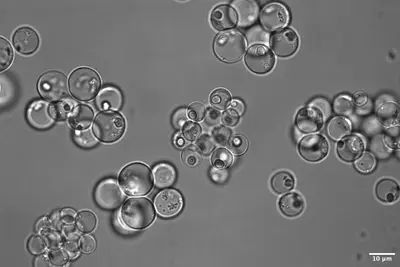PANIC

Marine ecosystems suffer to an unprecedent anthropogenic revolution leading to a drastic increase of emerging diseases with a critical loss of biodiversity. Perkinsus olseni (Alveolata) is one of the well-known examples. Accidentally introduced into Europe from Asia with its host the Manila clams, P. olseni spread along the European Atlantic coastline following a latitudinal gradient with recurrent mortality events in Spain and Portugal. However, the temperature cannot fully explain the different virulence and disease outcomes observed in situ. Indeed, infected hosts are accompanied by an overlooked compartment composed of complex microbial community (the pathobiome) which might reduce or maximize the pathogenicity of exotic parasitic organisms. Using a multidisciplinary in situ and in vitro approaches, the ANR JCJC PANIC project will test the challenging hypothesis that the pathobiome diversity plays a key role in the virulence of exotic parasitic species.
